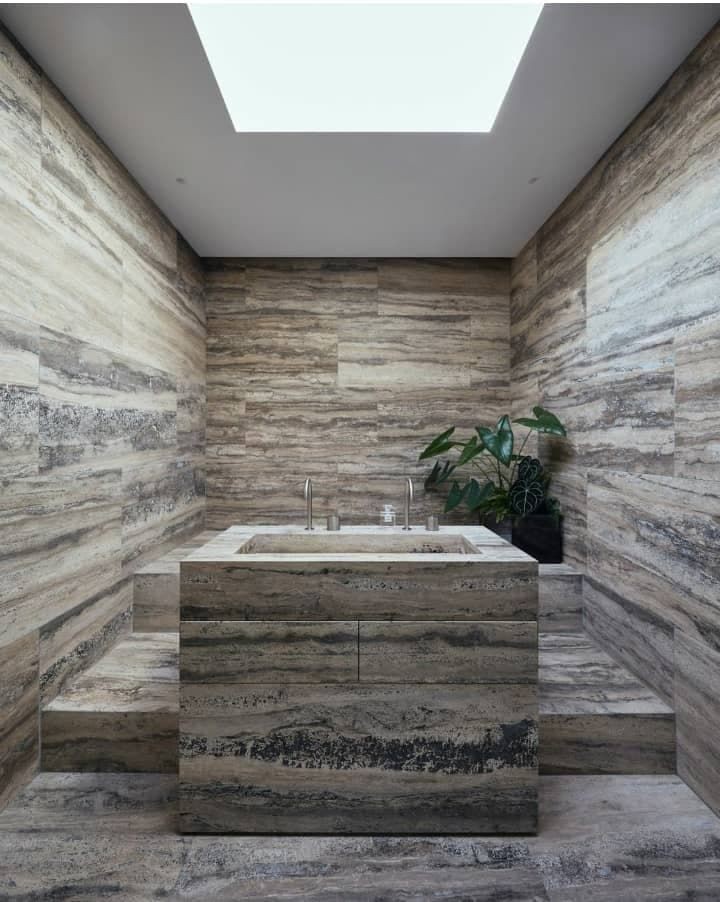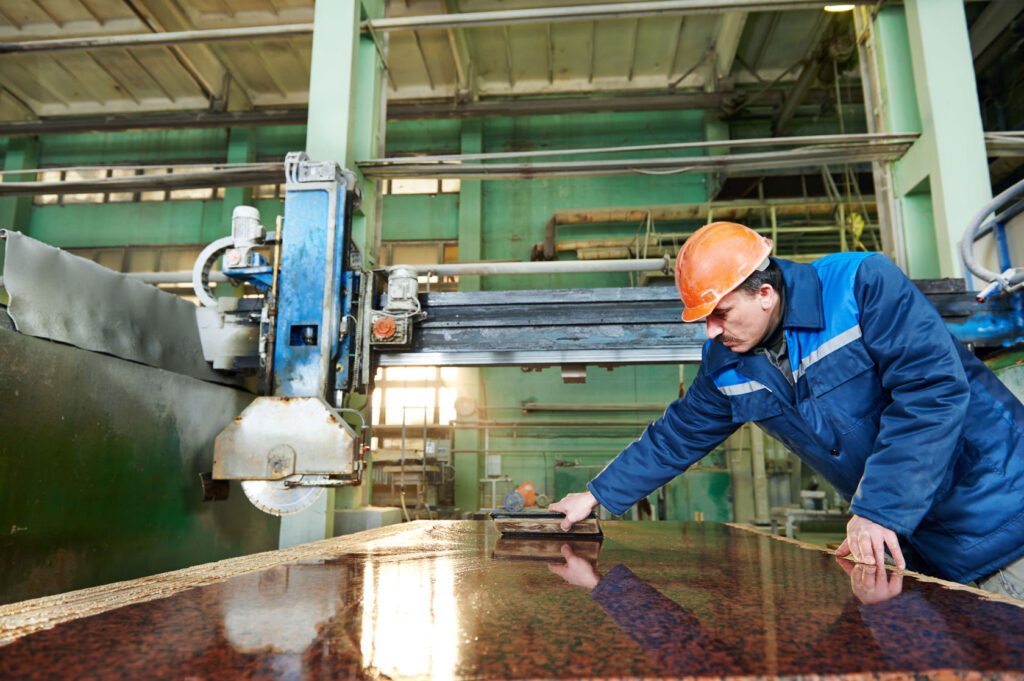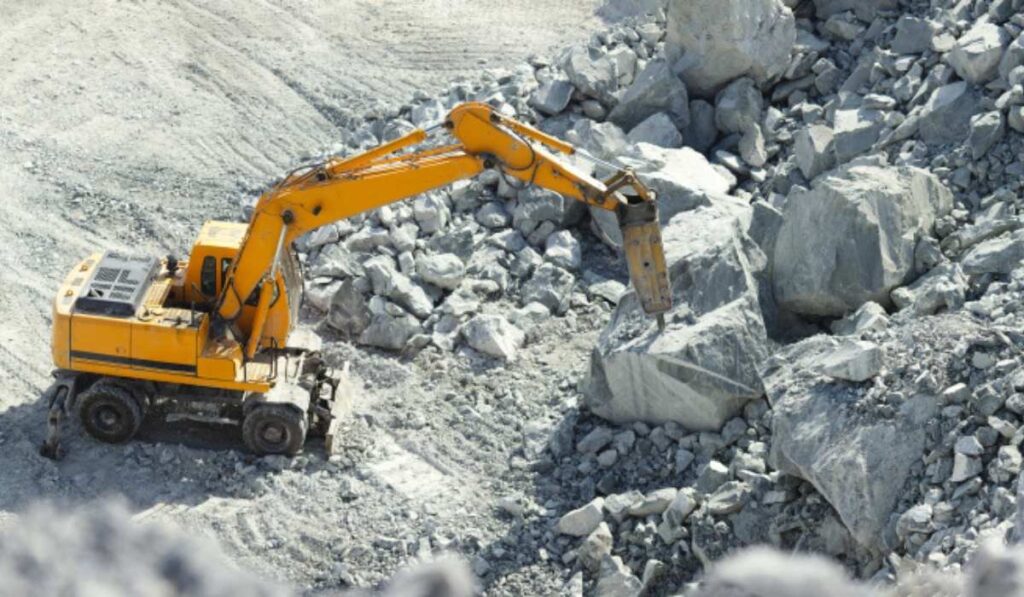The Current Landscape of Natural Stone
Natural stone has been a cornerstone in the construction and design industry, renowned for its durability and aesthetic appeal. From historical monuments to modern residential projects, natural stone’s versatility has made it a timeless choice for both functionality and beauty. The market for natural stone, including marble, granite, and limestone, has seen steady growth, driven by the desire for superior aesthetics and the ability to withstand the test of time.
The adoption of sustainable practices within the natural stone industry has significantly bolstered its reputation, particularly among a demographic that prioritizes environmental responsibility. As consumers become more environmentally aware, they are increasingly seeking out products and services that demonstrate a commitment to sustainability. The industry’s efforts to reduce its ecological footprint through eco-friendly quarrying, water conservation, and recycling resonate with these values. This alignment with the growing sustainability trend not only attracts a market segment willing to invest in green products but also positions the industry as a leader in ecological stewardship within the construction sector.

In response to growing environmental concerns, the natural stone industry has been proactive in implementing sustainable practices throughout its operations. These efforts include the adoption of eco-friendly quarrying techniques, the reduction of water usage, and the recycling of stone waste. By focusing on responsible sourcing and minimizing the carbon footprint of production and transportation, the industry aims to align with global sustainability standards. Such initiatives not only contribute to environmental conservation but also enhance the industry’s reputation among eco-conscious consumers.
Natural stone is renowned for its long-term durability, which is a key factor in its sustainability profile. Structures built with natural stone can withstand the test of time, often remaining intact and functional for centuries. This enduring quality means that natural stone does not require frequent replacement, thereby conserving resources and reducing waste. Additionally, natural stone’s low maintenance requirements further enhance its environmental credentials. Unlike some manufactured materials, it does not necessitate energy-intensive care or the use of harsh chemicals for cleaning and upkeep. The minimal maintenance not only preserves the stone’s natural beauty but also diminishes the overall environmental impact throughout the lifespan of the stone’s use.



The architectural and design communities are increasingly recognizing the value of natural stone in green building projects. This trend is driven by the desire to create structures that are not only aesthetically pleasing but also environmentally responsible. By incorporating natural stone into their designs, architects can leverage its thermal mass to improve energy efficiency, its durability to reduce the need for replacements, and its recyclability to minimize construction waste. This holistic approach to sustainability is making natural stone a material of choice for forward-thinking designers committed to building a more sustainable future.
As the world shifts towards more sustainable practices, natural stone’s eco-friendly attributes are coming to the forefront. Unlike synthetic materials, natural stone is a renewable resource that, when sourced and utilized responsibly, can significantly reduce the environmental footprint of construction projects. The reuse and recycling of natural stone are also becoming more prevalent, aligning with the industry’s move towards more sustainable building methods.
Innovations in Natural Stone Processing
Technological advancements are poised to revolutionize the natural stone industry, with a focus on improving efficiency and sustainability in processing and manufacturing. Innovations such as hydraulic binding and new manufacturing techniques are expected to enhance the versatility of natural stone, making it an even more attractive option for architects and designers.
The integration of cutting-edge technologies in the natural stone industry is anticipated to have a profound impact on the market. By streamlining processing and manufacturing, these advancements could lead to significant cost reductions and increased production speeds, making natural stone products more competitive against synthetic alternatives. Furthermore, the adoption of sustainable practices is likely to resonate with the growing consumer demand for eco-friendly materials, potentially expanding the market share of natural stone. As a result, businesses that embrace these innovations may gain a competitive edge, fostering a new era of growth and sustainability within the industry.
Consumer education plays a pivotal role in promoting sustainable natural stone materials. By informing potential customers about the environmental benefits and long-term cost-effectiveness of using natural stone, businesses can encourage more eco-conscious purchasing decisions. Educational initiatives can highlight how the use of natural stone supports sustainability through its durability, low maintenance, and the fact that it does not require the use of additional resources over time. Moreover, educating consumers on the responsible sourcing and ethical production practices of natural stone can further enhance its appeal to those looking to make environmentally responsible choices. As awareness grows, demand for sustainable natural stone is likely to increase, thereby supporting the industry’s shift towards more eco-friendly practices.


The Intersection of Natural Stone and Sustainable Design
The rise of sustainable design practices is creating a new era for natural stone. As organic and eco-friendly aesthetics gain popularity, natural stone’s ability to blend seamlessly with nature makes it an ideal material for creating harmonious indoor-outdoor spaces. The trend towards incorporating natural materials like stone in design is expected to continue, as it offers a way to minimize the environmental impact of construction while still achieving stylish and durable results.
While natural stone is celebrated for its durability and aesthetic appeal in sustainable design, it is not without its drawbacks. The extraction and transportation of natural stone can be energy-intensive, leading to a significant carbon footprint. Additionally, quarrying processes can result in habitat destruction and soil erosion, undermining the very principles of eco-friendly practices. The challenge lies in balancing the desire for natural materials with the need to preserve natural landscapes and reduce emissions. Responsible sourcing and advancements in quarrying technology may mitigate some of these impacts, but the tension between natural beauty and environmental stewardship remains a critical consideration in sustainable construction.

Challenges and Opportunities in Sustainable Construction
The natural stone industry faces challenges in balancing the desire for sustainability with the demands of modern construction. Ethical sourcing, efficient use of resources, and the reduction of carbon emissions are key areas of focus. By adopting sustainable practices, the industry can meet the growing demand for natural stone while minimizing its environmental impact.
The Future outlook of natural stone
Looking ahead, the future of natural stone in construction and design is bright. With a commitment to sustainability, technological innovation, and a deep appreciation for the timeless beauty of stone, the industry is poised for continued growth and relevance. Natural stone’s ability to adapt to evolving design trends and sustainability standards ensures its place as a vital material in the built environment for years to come.
Natural stone brings a multitude of benefits to modern kitchen designs. Its unique patterns and colors add an unmatched aesthetic appeal, creating a luxurious and inviting atmosphere. The durability of materials like granite and marble ensures that countertops and islands withstand the rigors of daily kitchen use, resisting scratches and heat damage. Additionally, the ease of maintenance, with simple cleaning routines and the potential for long-lasting shine, makes natural stone a practical choice for busy households. By incorporating natural stone, homeowners can achieve a balance of elegance and functionality that stands the test of time.


